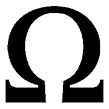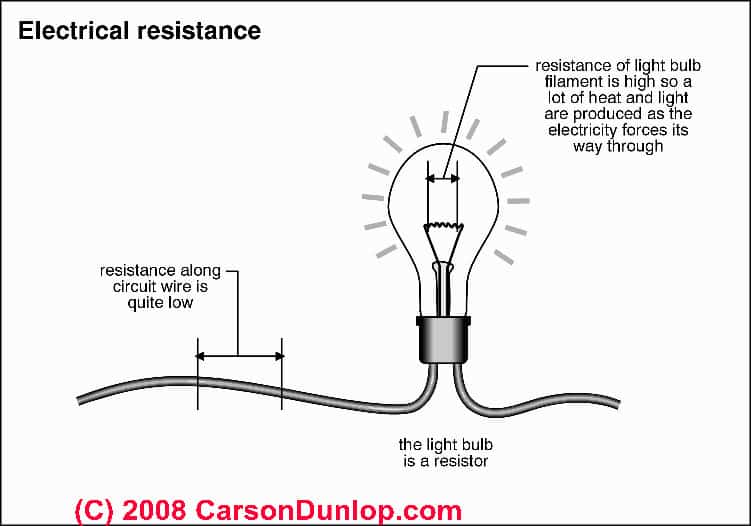- A material that lets electrons flow through it is called a CONDUCTOR
- The molecules of all types of conductors resist the flow of electrons to some degree
- ELECTRICAL RESISTANCE is a measure of how easy or hard it is for electric current to move through a material

-
- Conductors have low resistance
- Insulators have high resistance (little or no current can move through them)
-
Factors affecting resistance of a wire
- Wire length
- Longer wire equals greater resistance
- Wire thickness
- Thick wires equal low resistance
- Large electric currents can move through thick wires easier
- Material wire is made of
- Copper and aluminum have low resistance and are used to carry current over a long distance
- Tungsten has high resistance so it gets hot as electric current moves through it so it is used in light bulbs
- Wire temperature
- Cooler wire equals lower resistance
- If the temp. increases, the atoms of the wire are moving faster and the electrons bump into them more making it harder to travel past them in the wire
- Super-conductors lose all resistance at low temp. e.g. Mercury is a good conductor at room temp. but is a super-conductor at –270 degrees.


what is brightness(radiation) thermometer? should be supported with diagram. also,what is constant volume gas thermometer? with diagram.what is seabag effect-thermoelectric effect with diagram.what is thermocouple? with diagram. all should be supported by notes. thanks.pls, can i get the answers via my mail?